Inside the "Seven girls " shrine in Minya, Mohamed Attia, 34, had been kneeling and praying to God to be blessed with children after a childless four-year marriage.
On his first visit to the shrine, Attia vowed that if God answered his prayer and he had a child, he would visit Seven Girls every week and bring food and distribute it to visitors.
“The Almighty did not bestow children on me after several years of marriage” Attia told Raseef22 “I didn’t stop trying until my relatives advised me to go to the shrine, for it is a very spiritual place where prayers are answered, it is a blessed spot where good women were martyred during the Islamic conquest of Egypt”.
"God blessed us and we had a child and I have committed to my vow every Friday and I advise my friends to come here because the place is blessed."
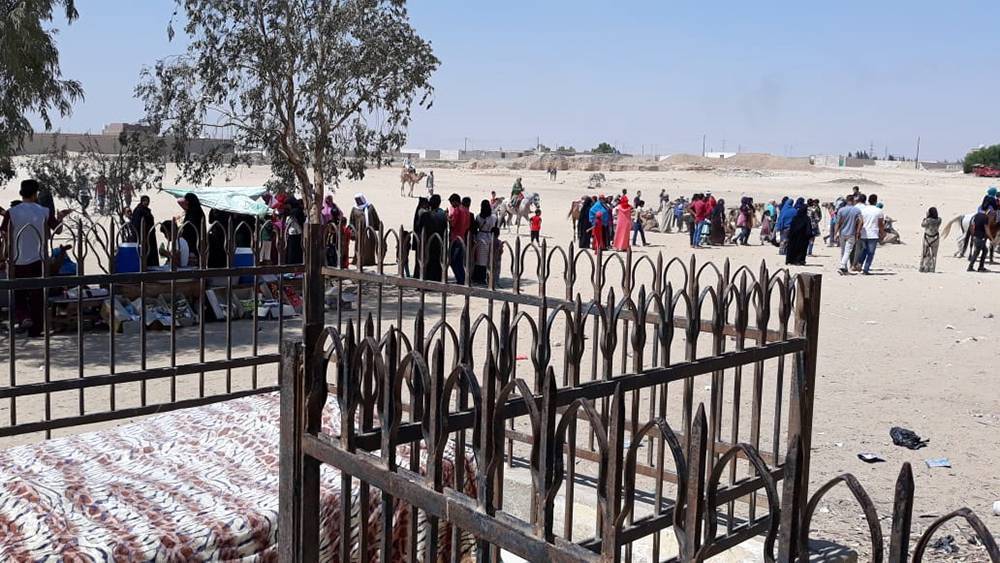
Rituals for Childbearing, Healing and Marrying
In the earliest hours of dawn every Friday, people go to the "Seven Girls " shrine in the village of Al Bahnsa to pray for children or to get married.
Mohammed Jalal does not miss a week without visiting Al Bahnsa coming from the village of Abu al-Odeen which is in the same governorate as Al Bahnsa. The village is very dear to his heart since he feels that it carries the blessings of the Sahaba “the companions of the prophet” , as he describes it to Raseef22, who arrived in Egypt during the earliest days of Islam.
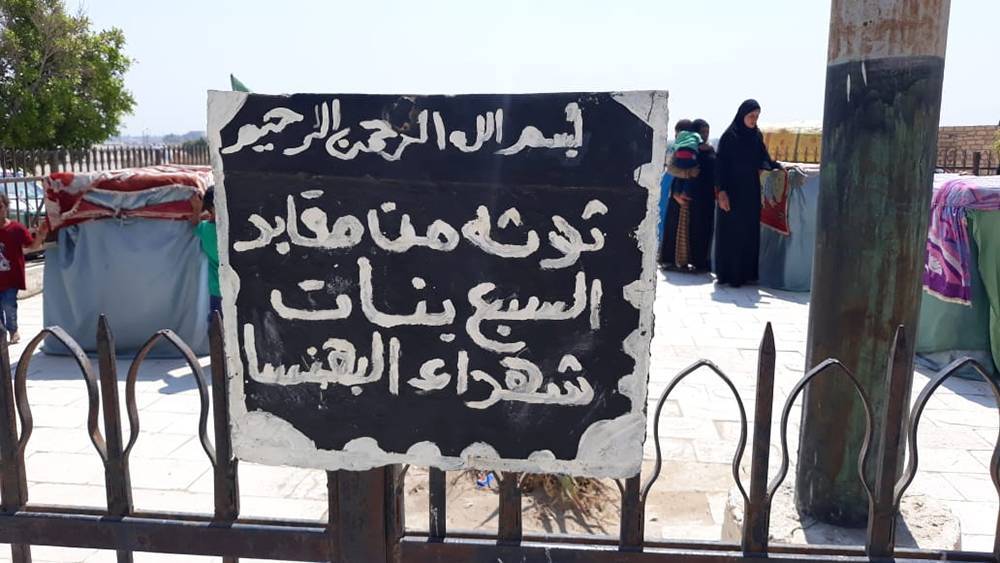
It is said that the companion of the Prophet, Amr ibn al-Aas sent about 5,000 men to Al Bahnsa in the year 21AH or 642AD to fight the Romans and conquer the city, which was the gateway to Upper Egypt. About 500 soldiers and a flag bearer were killed in the Battle of Al Bahnsa.
Jalal believes that prayers are answered in this area since it is blessed with spirituality. He says women come from all over the country to heal from disease by rolling over the sand that surrounds the shrine of the Seven Girls, adding that “the rolling is not limited to women but is practised by everyone who wants to heal from a disease”.
On his first visit to the shrine, Attia vowed that if God answered his prayer for a child, he would visit Seven Girls weekly and bring offerings to its visitors
7, 70 or 700, the number is not exact said the official in charge of the tombs of the “Seven Girls”, referring to the number of blessed Muslim women fighters who conquered Egypt with the Sahaba 1400 years ago
The "Seven Girls" shrine consists of a dome over three tombs and three other tombs outside around the iron fence and a seventh next to the fence, desert sand surrounds all tombs.
The rituals that have been passed down to visitors to the shrine include visiting the shrines and praying to God, then drinking from the well which the companions of the prophet drank from, then they go to the sands, lie down and roll back and forth two or three times while covering their head until the body of the roller is covered in the sand “that embraced the pure blood of the prophet’s companions” and thus Allah will grant their wishes.
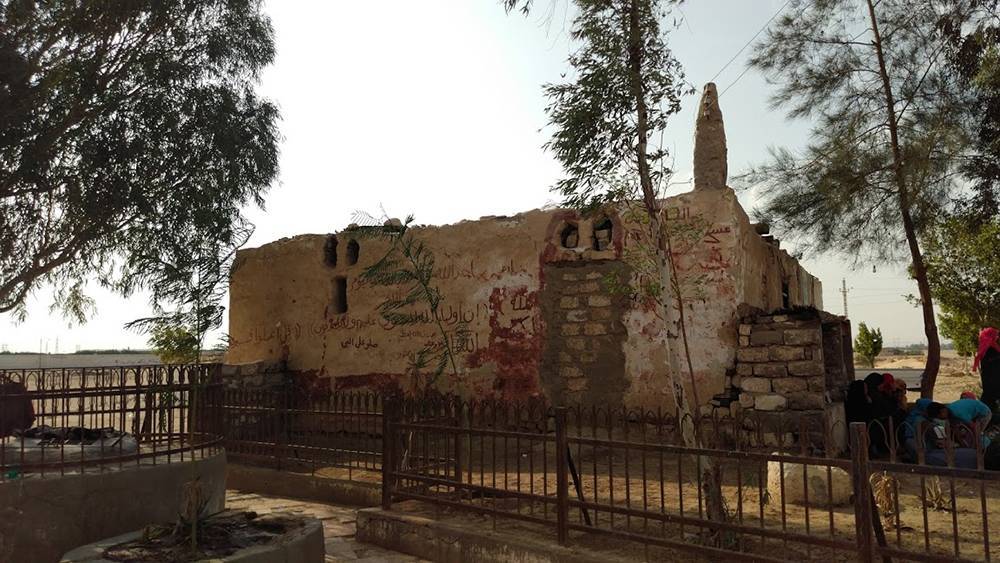
Who Are the Seven Girls?
The name "Seven girls” can be found in many places in Egypt, which include but is not limited to the Coptic “Seven Girls Hospital" in Port Said and in Cairo there is the shrine of “The Domes of the Seven Girls
In Cairo, the shrine dates back to the year 1009 during the reign of the Fatimid Caliph Al-Hakim Biamr Allah According to the Mamluk era historian Al Maqrizi in his book “Al Khitat” the Caliph ordered the execution of seven good sisters as punishment for their father, and then wanted to atone for his guilt and so built them seven shrines with domes.
In Minya, the number seven stands for the women who participated with men in the battle of al-Bahnsa. According to Dr. Amr Mounir the author of “The Conquest of Upper Egypt and Al-Bahnsa” the women, including Ghafira Bint Ghaffar Al-Hamiriya and Salma Bint Zaher fought fiercely with spears and swords until the blood poured down their faces.
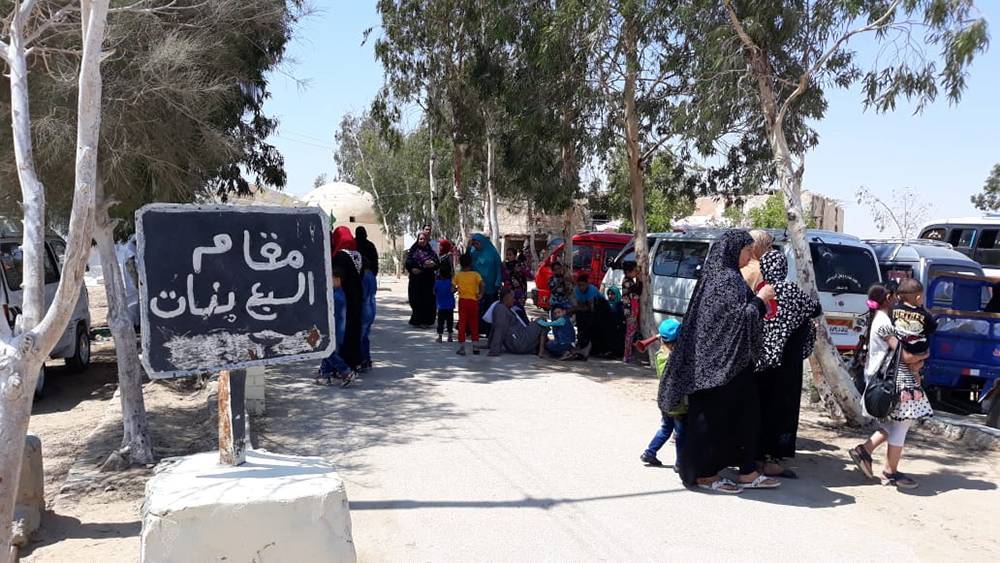
According to the accounts, the participants in the battle also include Assia Al Ansariya, Umm Aban, Asma bint Abi Bakr al Siddiq, Naama bint al Munzir and Khawla bint al Azwar.
The book mentioned how women were urged to fight to death by the saying "Arab daughters, fight for yourself, otherwise you will become the property of Sudan and the brutes"
"7, 70 or 700 ... the number is not exact " Massaad Younes the official in charge of the tombs of the Seven Girls to Raseef22 explaining that "the shrine contains either 7, 70 or 700 masked Muslim women fighters who participated in the battles of Islamic conquest of Egypt. And no-one knew that they were amongst the warriors until the battle was over and they emitted zaghroutas or ululating cries of joy.
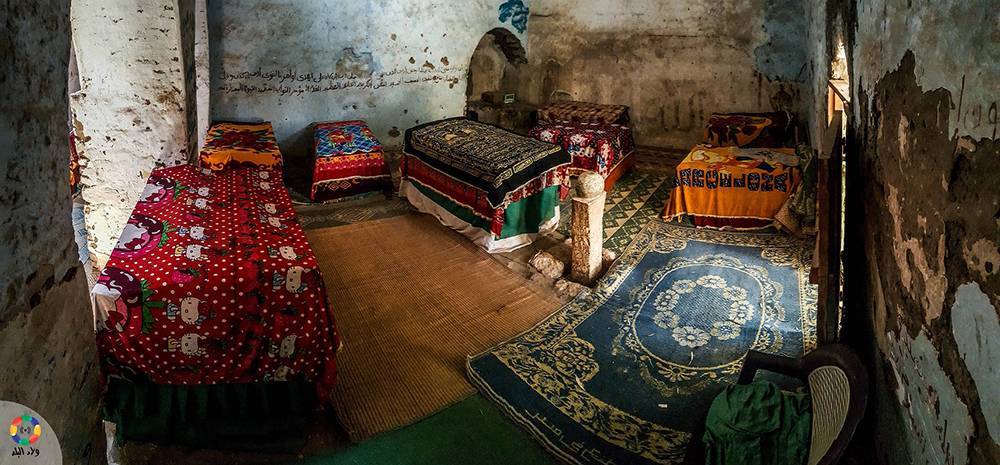
The Prophet Zachariah Blessed with Yehia after Rrayers at Mihrab
Some shrines in Egypt are known for the fulfilment of certain prayers and according to the sheikh of the Al Samanid Sufi path Sayed Bendari, infertile women find a cure in the shrine of the Seven Girls because the shrine is that of saintly girls, adding that “the tombs of the virtuous are one of the gardens of heaven”.
Speaking to Raseef22 Bendari does not deny that the psychological factor is a reason for the delay in pregnancy or marriage for women. “When a person visits a place that is blessed by angels, God’s mercy will fall on them like when you sit with a good man, some of his energy, even a little of it will rub off on you. It could be that a women’s psychological issues are the reason for the delay in conception or marriage, so her mood lifts when she visits the shrine, like when men go to a doctor with an illness and are assured that they are well so their health improves gradually”.
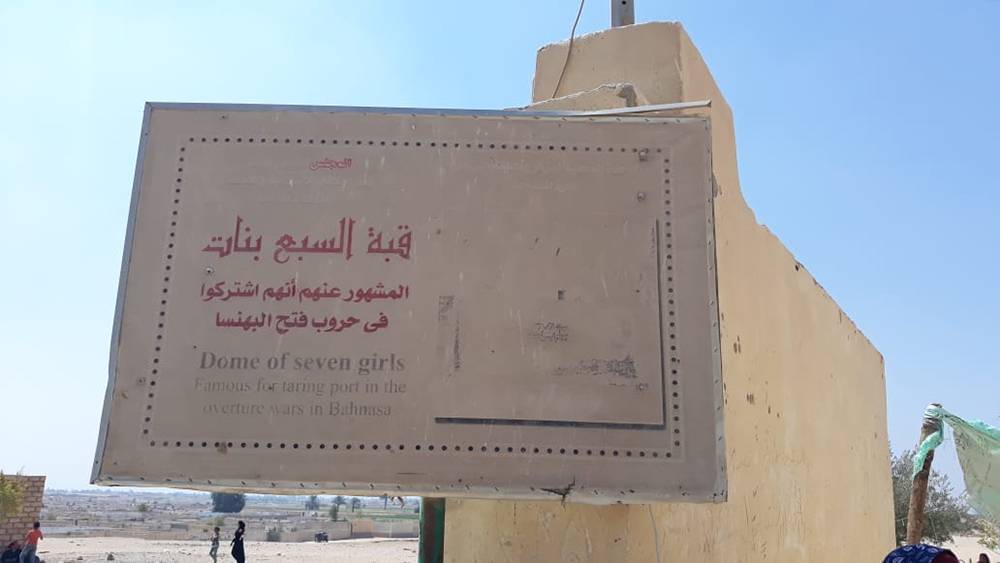
The Sheikh of the Samanid way explains that supplication at the shrines of the righteous is not idolatrous but a means of coming closer to God and he gives as an example how the prophet Zachariah went to the Virgin Mary in the Mihrab and saw how she had been blessed so he prayed to God to grant him a son and he was blessed with his son the prophet Yehia.
The Seven Girls: Between Islam and Christianity
The graves do not bear the names of the women who fell in the battle, which raises suspicion about how they came to rest there.
The idea of ”the Seven Girls" is found in both Islamic and Christian heritage.
In Christianity, "they are not Muslims," according to history professor Amr Mounir, who has written two books on the history of Al Bahnsa. In contrast, Islamic tradition and al-Waqidi's account confirm that they were Muslim.
Perhaps the "Seven Girls” are mythological in origin and according to Mounir the myth can be related to the worship of feminine idols such as "Allat, al Uzza and Manat", and they were called the daughters of the Lord in the Arabian Peninsula before Islam which is why we find Christian and Islamic sites that share the same name.
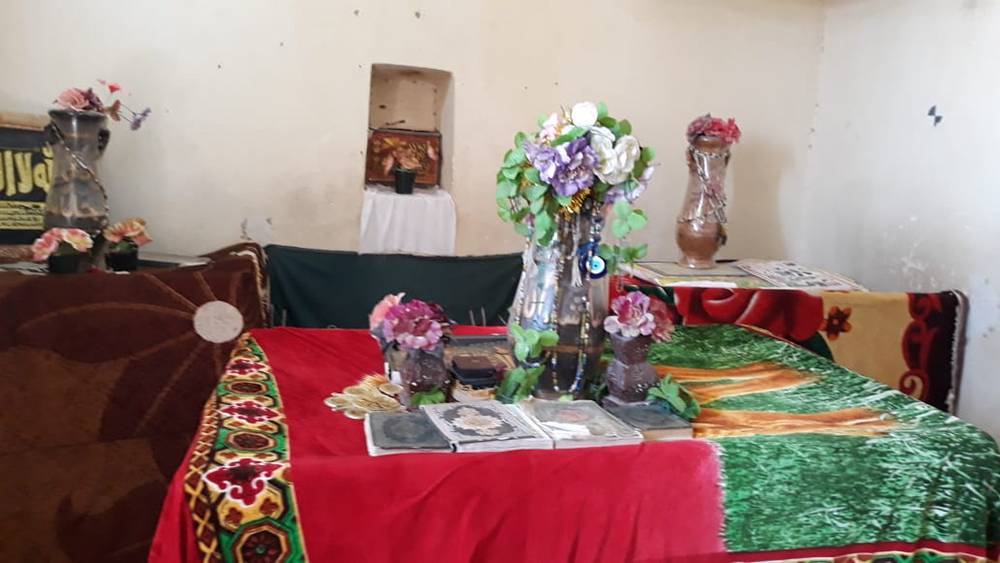
Folk culture professor Khalid Abu al-Leil agrees with this theory. He says that believing in saints is a mythical relic that stems from man's search for a relationship between heaven and earth. The rituals performed during dealing with saints are a continuation of what was happening with idols before Islam, including visiting the idols, making vows and sacrifices but the "seven girls" he believes is a folk belief that combines these elements perfectly.
The number 7 in popular and religious beliefs has a great significance explains the professor of folk culture during his conversation with Raseef22 as God in religious belief created the world in 7 days, the week is 7 days, the rituals of the Hajj pilgrimage include 7 perambulations so this number has come to signify both the end of a thing and perfection.
But why was the number 7 associated with girls and then reproduction? Abu al-Leil believes that the number signifies an abundance of goodness and conception and women are associated with abundance and good in the folk psyche.
Raseef22 is a not for profit entity. Our focus is on quality journalism. Every contribution to the NasRaseef membership goes directly towards journalism production. We stand independent, not accepting corporate sponsorships, sponsored content or political funding.
Support our mission to keep Raseef22 available to all readers by clicking here!
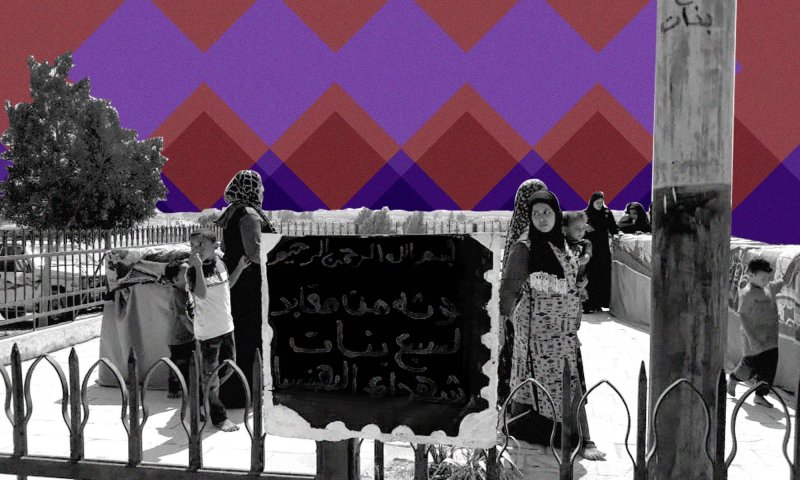
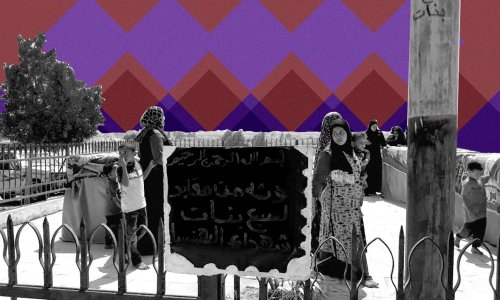
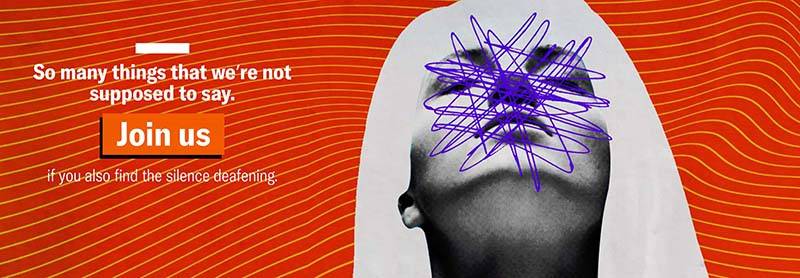
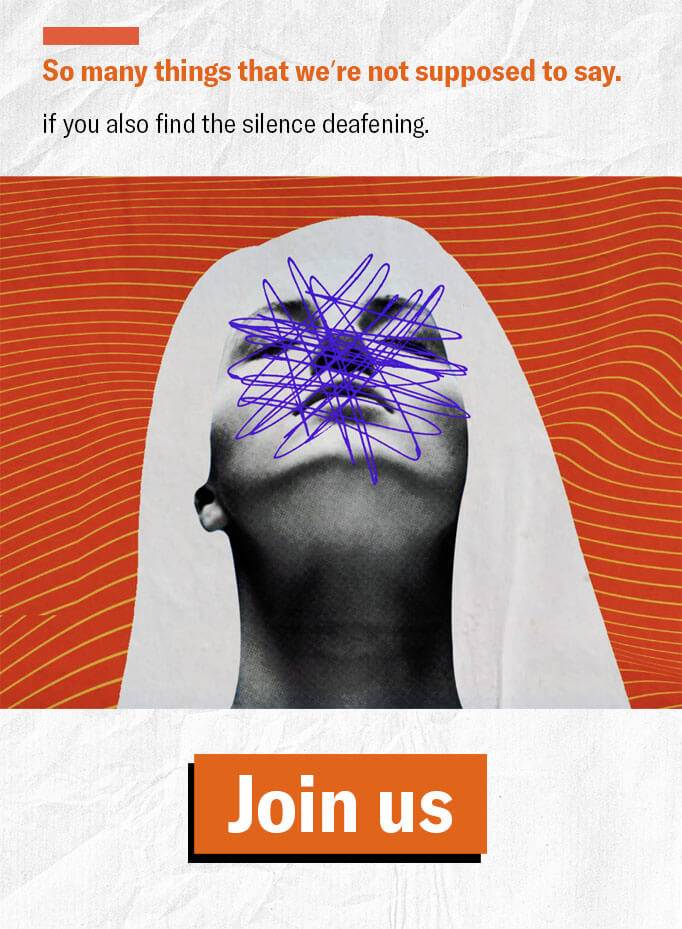


Join the Conversation
جيسيكا ملو فالنتاين -
1 day agoجميل جدا أن تقدر كل المشاعر لأنها جميعا مهمة. شكرا على هذا المقال المشبع بالعواطف. احببت جدا خط...
Tayma Shrit -
3 days agoمدينتي التي فارقتها منذ أكثر من 10 سنين، مختلفة وغريبة جداً عمّا كانت سابقاً، للأسف.
Anonymous user -
3 days agoفوزي رياض الشاذلي: هل هناك موقع إلكتروني أو صحيفة أو مجلة في الدول العربية لا تتطرق فيها يوميا...
Anonymous user -
3 days agoاهم نتيجة للرد الايراني الذي أعلنه قبل ساعات قبل حدوثه ، والذي كان لاينوي فيه احداث أضرار...
Samah Al Jundi-Pfaff -
5 days agoأرسل لك بعضا من الألفة من مدينة ألمانية صغيرة... تابعي الكتابة ونشر الألفة
Samah Al Jundi-Pfaff -
5 days agoاللاذقية وأسرارها وقصصها .... هل من مزيد؟ بالانتظار